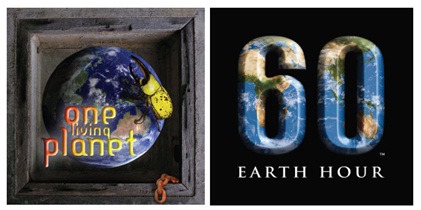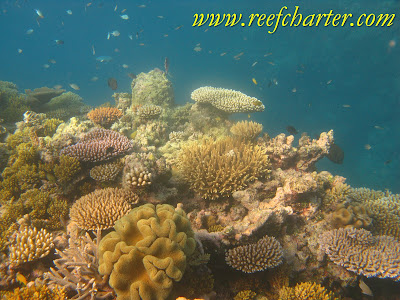
Earth Hour 2010 – 27 March 8.30 – 9.30pm
What is Earth Hour?
Earth Hour is a worldwide campaign that aims to educate the community about the threats of climate change, informing individuals and businesses about the difference they can make by reducing their emissions at home and in the workplace.Earth Hour started in 2007 in Sydney, Australia when 2.2 million homes and businesses turned their lights off for one hour to make their stand against climate change. Only a year later and Earth Hour had become a global sustainability movement with more than 50 million people across 35 countries participating. Global landmarks such as the, Sydney Harbour Bridge, The CN Tower in Toronto, The Golden Gate Bridge in San Francisco, and Rome’s Colosseum, all stood in darkness, as symbols of hope for a cause that grows more urgent by the hour.
Cairns Regional Council, Ergon Energy, GBRMPA, WWF, WSPLincolne Scott and Hot FM will once again bring Earth Hour to the Cairns Region.
Earth Hour, Every Hour 2010 – “One Living Planet” is the local theme selected by the Earth Hour partnership in Cairns.
The theme for entries must fit under one of the following categories.
What do you think makes life so excellent in FNQ? We have come up with the “Big 5”:
1. keeping our families safe and healthy
2. keeping the rainforest and reef
3. keeping our tropical lifestyle
4. keeping our clean water
5. keeping our culture.
.
The Video Project and How To Get Involved
Earth Hour offers the community the opportunity to express their views on climate change and sustainability – and to get funky and creative in the process.
People of all ages and all levels of experience are encouraged to enter the short film competition. All entries must be accompanied by a completed entry form and adhere to the Conditions of Entry.
An Earth Hour event will be held on 27 March 2010 at City Place featuring family entertainment, public artworks and a screening of selected video competition entries.
What Earth Hour Will Do With Your Entries:
Selected entries will be posted to YouTube and need to comply with YouTube format requirements: QuickTime .MOV, Windows .AVI, or .MPG files—these are the most common formats. YouTube specifically recommends the MPEG4 (Divx, Xvid) format at 640×480 resolution with MP3 audio.
The Prizes
Selected entries will also be screened at the Earth Hour event, and will be in the running for some great prizes from local companies.
They Include:
A new Flip Mini digital Compact Video Camera from the Focus Reef Imagery Centre
2 Double Passes – Cruise for Two and Full Day at Green Island with either a glass bottom boat or snorkel tour with Big Cat Cruises
1 Double Pass— Wilderness Cruise & Crocodile Farm Tour with Crocodile Explorer
1 Double Pass for a Sunset Cruise with Crocodile Explorer
Prize categories include the most creative; best message; funniest; most inspiring.
.
Entries are due: Fri 19th March. Entry forms can be downloaded from:
www.cairns.qld.gov.au or
www.theradio.com.au or directly here
Entry Form – Word Format
For more information contact Annaliese Walker earthhourfnq@gmail.com
